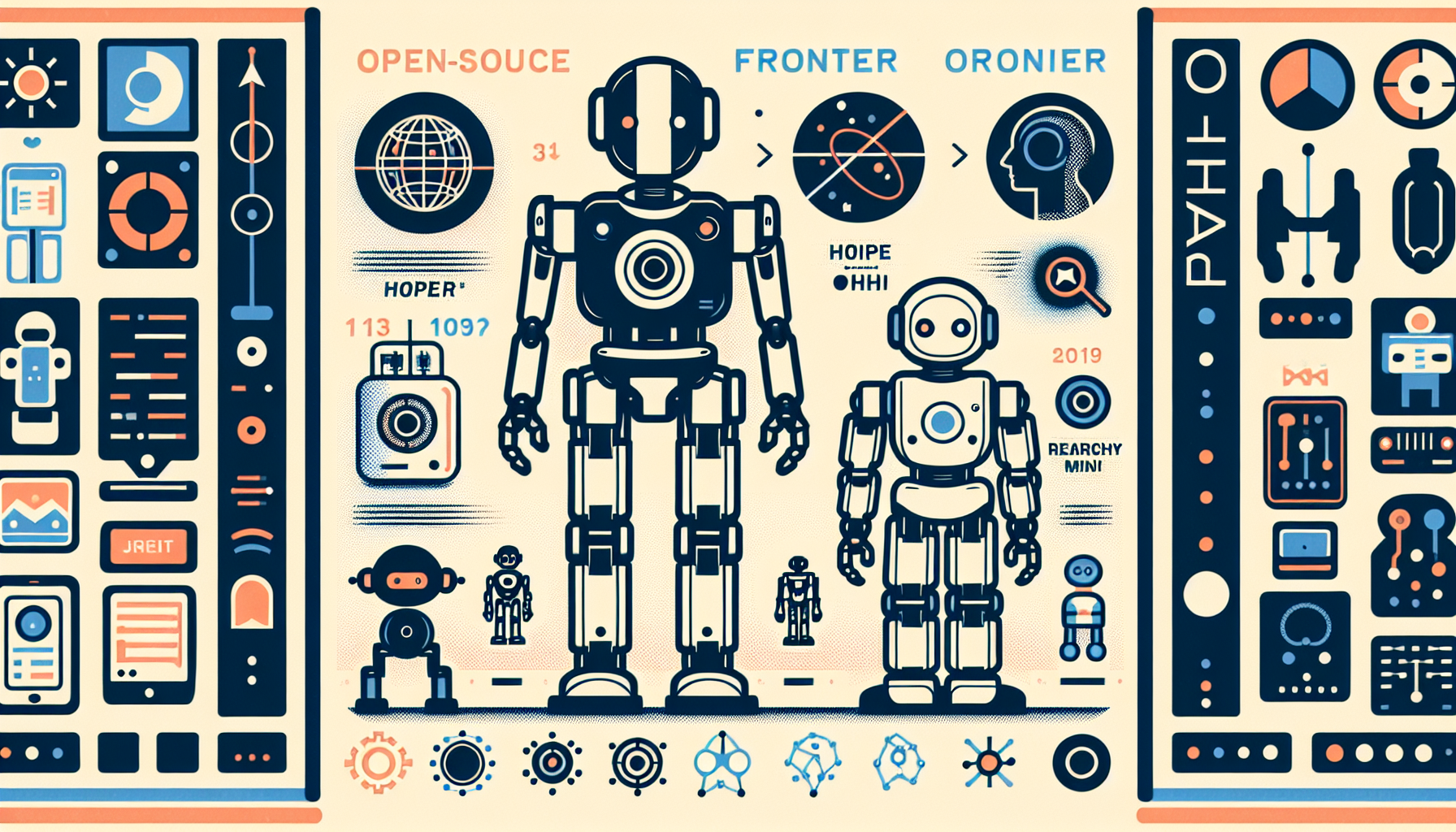As technology continues to evolve, the boundary between thinking machines and the physical world grows ever thinner. In a bold move, Hugging Face has introduced two open-source humanoid robots: HopeJR and Reachy Mini. With these robots, Hugging Face aims to make advanced robotics accessible to everyone willing to explore the frontier of artificial intelligence and robotics.
HopeJR: Bringing Human-Like Movement Within Reach
HopeJR is a full-sized humanoid robot shaped by both ambition and practicality. It is crafted with 66 actuated degrees of freedom. This means it can walk, move its arms with great detail, and attempt the kinds of movements humans perform every day. Its careful design serves as a gateway for developing and testing new algorithms that allow robots to act more like people.
The heart of HopeJR lies in its role as a learning platform. It lets researchers study how robots can move and interact with people and their environment. Whether walking across a room or assisting with daily tasks, HopeJR encourages exploration of physical intelligence and human-robot communication.
One of the most remarkable aspects of HopeJR is its affordability. Priced around $3,000, it stands apart from other research robots, which often cost many times more. The open-source nature allows developers from around the world to experiment, collaborate, and improve the robot. By lowering the price barrier, Hugging Face enables a greater number of innovators to participate in the evolution of robotics.
Reachy Mini: Compact Collaboration for the Desktop
The second of Hugging Face’s creations, Reachy Mini, is designed for those who need a smaller tool. It fits easily on a desktop, making it perfect for labs, classrooms, and anyone curious about robotics but without the space for a full-sized machine.
Reachy Mini does not attempt full-body movement like HopeJR. Instead, it specializes in interaction, communication, and simple manipulation. It can move its head, listen, and even talk—skills that make it invaluable for developing conversational AI, experimenting with gestures, or testing basic interactions.
By focusing on compactness and communication, Reachy Mini opens the door for intimate research settings where close, careful studies of robot-human dialogue can take place. It is an invitation to refine the subtleties of interaction between people and machines.
A New Path for AI Research and Discovery
Both robots are expected to begin shipping by the end of 2025, and a waitlist is already open for those eager to adopt them first. Their arrival marks a turning point. With more accessible hardware, researchers and engineers everywhere can bring AI out of the software realm and into the physical world. This helps bridge a gap long felt in the field: the distance between thinking algorithms and real-world action.
Open-source robotics means greater transparency and faster progress. Anyone can study, customize, and share their work, building on a collective foundation. By providing these robots, Hugging Face invites a diverse community to accelerate advances in how AI systems move, perceive, and interact.
Building the Future, Together
The introduction of HopeJR and Reachy Mini is more than a technological achievement. It is a call for collaboration—a statement that robotics and AI should not be barriers, but bridges. By making these advanced tools affordable and open to all, Hugging Face honors the idea that the future belongs to everyone ready to shape it.
As these robots make their way into more hands across the globe, we step closer to a world where creative minds use them to solve pressing problems, extend the reach of human knowledge, and deepen our connection with intelligent machines. In making robotics accessible, Hugging Face is not just building machines—it is helping to build the future itself.

Leave a Reply